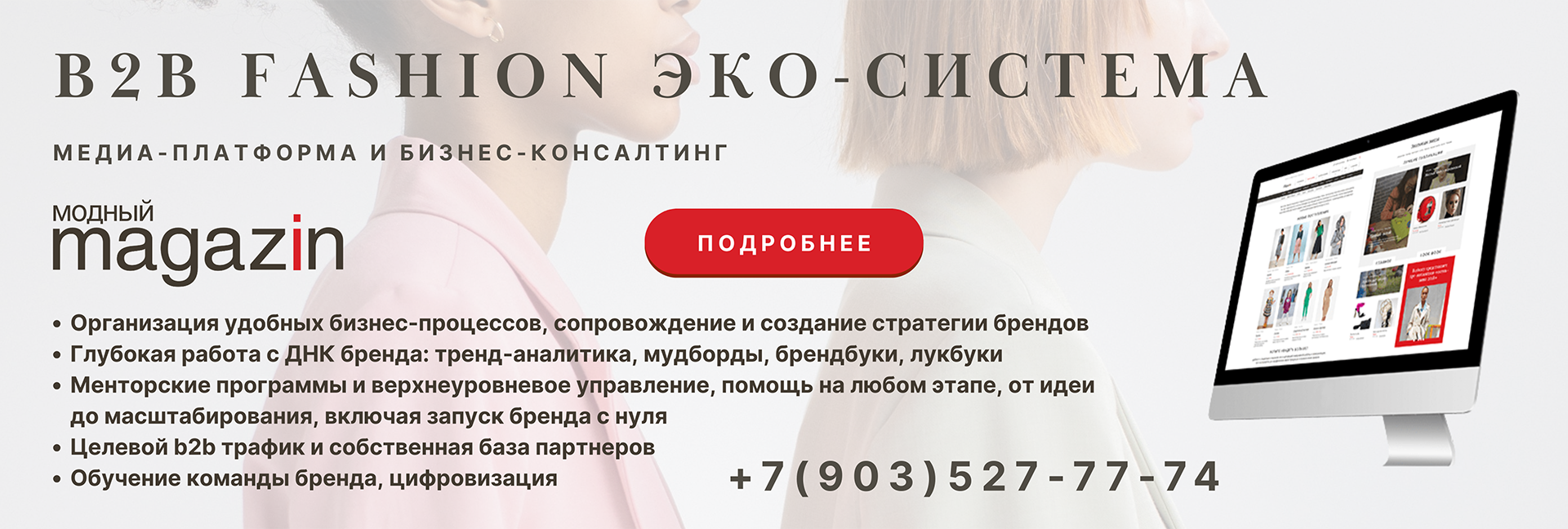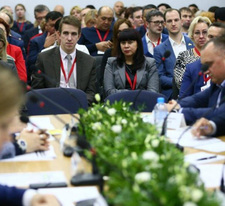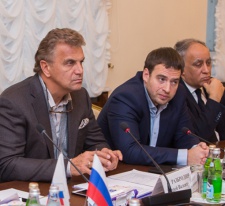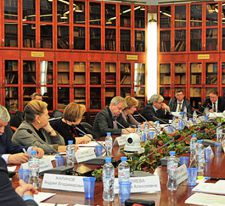Light industries

According to Soyuzlegprom representatives, the technological chain of synthetic materials has the greatest potential for the development of light industry in Russia. The demand for synthetic fabrics continues to grow, most of them are used not only in the manufacture of clothing, but also in related industries, where the localization growth potential is significantly higher. By 2025, these segments will account for about 60% of the consumption of technical textiles in Russia. Against this background, the players propose to include in the action plan of the Government of the Russian Federation for the development of the country's economy until 2025 the development of a state program for the integrated development of domestic production of chemical fibers and yarns and increasing the production of textiles on this basis. "But the performance indicators of individual enterprises in the field of light industry, due to technological features and high labor intensity of production processes, exceed the established limit values," reports Andrey Razbrodin. – Such enterprises create jobs for a large number of citizens, but generate revenue in a smaller volume. If they meet the limit value in terms of annual income (up to 2 million rubles), they exceed the limit value in terms of the average number of employees established for medium-sized businesses (250 people), and therefore cannot be endowed with the status of a small or medium-sized business entity and participate in support programs implemented by the Federal Corporation for the Development of Small and Medium business».
Russian industrial players are especially strong in the case of their creation on the basis of so-called old productions.
In order to comprehensively solve these and other problems, according to Viktor Cherepov, Vice President of the RSPP, it is necessary to further strengthen the coordination of departmental and business structures. The effectiveness of such a model has already been demonstrated at the Textile and Light Industry Week. "The light industry, along with the chemical industry and the agro-industrial complex, showed growth in 2016," Mr. Skerepov recalled. To maintain this trend, it is advisable to further promote innovative investment projects in the textile industry. First of all, this concerns the development of the chemical fiber sub-sector. And proper investment support for these projects is directly related to the creation of an industry bank.

It is also planned to create innovative industry clusters at the state level. "For example, the Ivanovo Region is one of such advanced clusters of innovative development of the industry," says Irina Ivanova, Deputy Director of the Department of Internal Trade of the Ministry of Industry and Trade of the Russian Federation. – First of all, this is a PET complex project in the Vichugsky district aimed at developing import substitution of polyester fibers and products based on them. And under the auspices of the Ministry of Economic Development, a project is being developed, according to which it is recommended to classify light industry as a small business segment. In this case, the industry will receive tax and other benefits.
Given the continuing decline in demand in the retail real estate market, right now is the best time for many Russian brands to develop in shopping malls and street retail. However, the "war of red price tags", "cannibalism of sales" in shopping malls and "hunters" (hunters for discounts) remain the main enemies of Russian manufacturers.
< span style="font-size: 12px;">Author: Svetlana Soboleva
Photo: shutterstock.com











